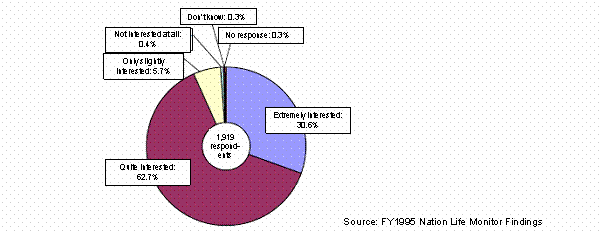The importance of the retailers of household appliances, etc.
- Even if energy-efficient products are manufactured, there will be no energy savings benefits if consumers do not purchase those products.
- Consumer awareness of energy conservation issues is increasing, and the dissemination of accurate energy conservation information is essential to the widespread adoption of energy-efficient products. (Energy-conscious consumers account for a very high 93.3% of the total number.)
